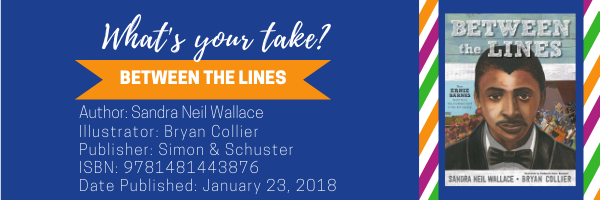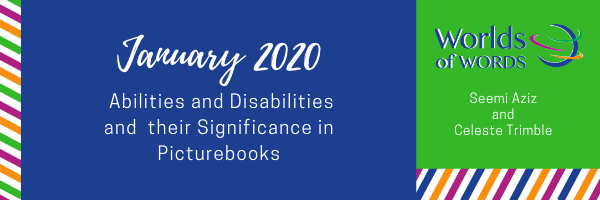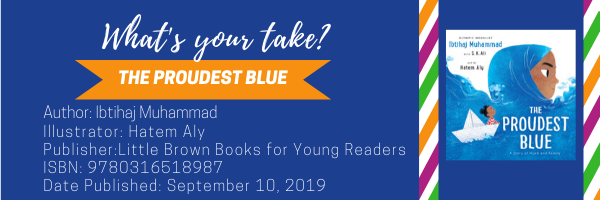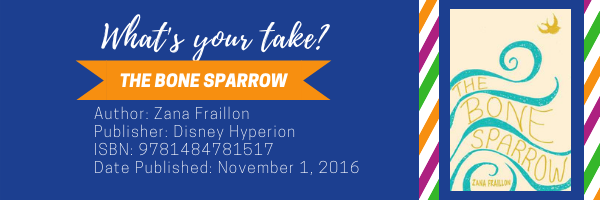by Seemi Aziz, University of Arizona, Tucson, AZ, and Melissa Wilson,Leeds Trinity University, Leeds, West Yorkshire, UK
Happy New (Gregorian) Year! To welcome in 2021, we, Seemi and Melissa, are going to explore the concept of mindfulness through critical readings of powerful children’s picture books. We have come to understand that visual and written narratives work simultaneously to add to the understanding and comprehension of children and adults in the present, increasingly visual, world. As the worldwide pandemic of Coronavirus rages on, we all need resources to cope with constant disruptions and uncertainty. Mindfulness is a resource that may benefit both adults and children and one that can be explored through picture books.
“Mindfulness is awareness that arises through paying attention, on purpose, in the present moment, non-judgmentally… it’s about knowing what is on your mind.” – Jon Kabat-Zinn
The above quote nicely defines mindfulness for our purposes. Rooted in ancient religious practices, mindfulness came to the United States in the 1970s as a secular way to help people through the work of Kabat-Zinn. In the ensuing half century, the concept has become part of western culture.
Throughout this month we will discuss specific picture books to explore mindfulness with children. The specific texts are: After the Fall: How Humpty Dumpty got back up again by Dan Santat, Charlotte and the Quiet Place by Deborah Sosin, and The Three Questions by Jon Muth. As we unravel the narratives, we will add other titles that reinforce the concept of mindfulness. Continue reading



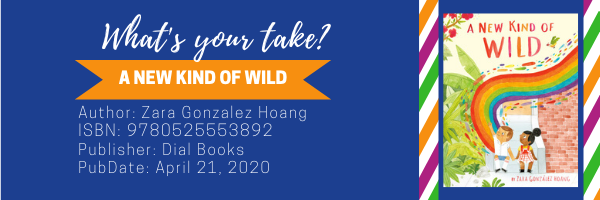
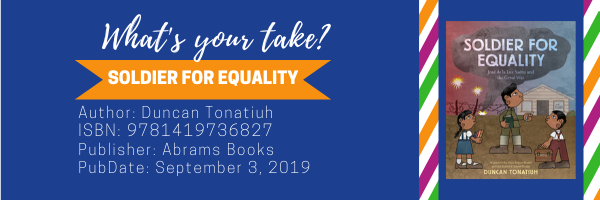
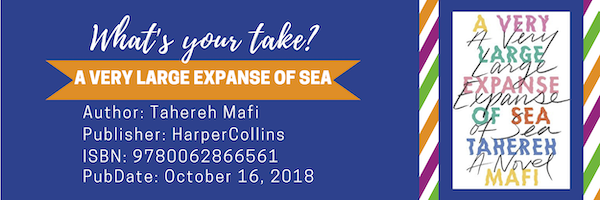
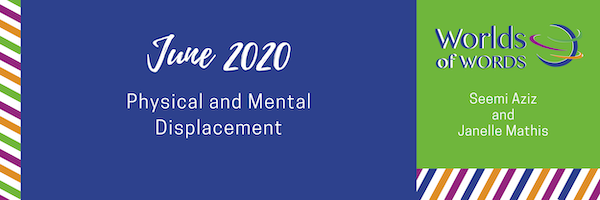 By Seemi Aziz, The University of Arizona, Tucson, AZ and Janelle B. Mathis, University of North Texas, Denton, TX
By Seemi Aziz, The University of Arizona, Tucson, AZ and Janelle B. Mathis, University of North Texas, Denton, TX


